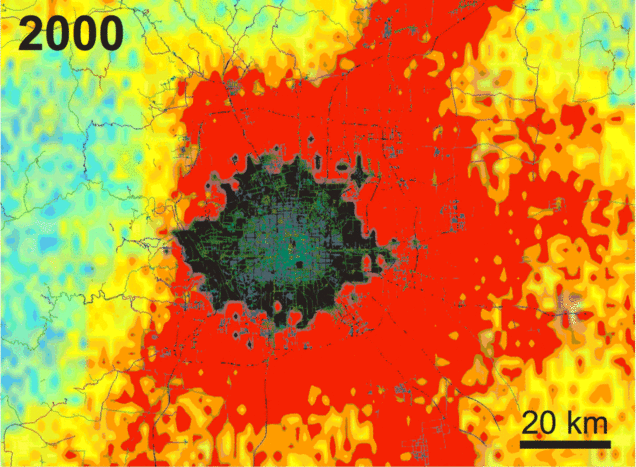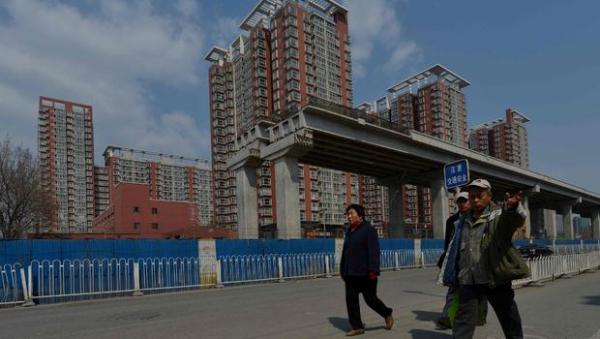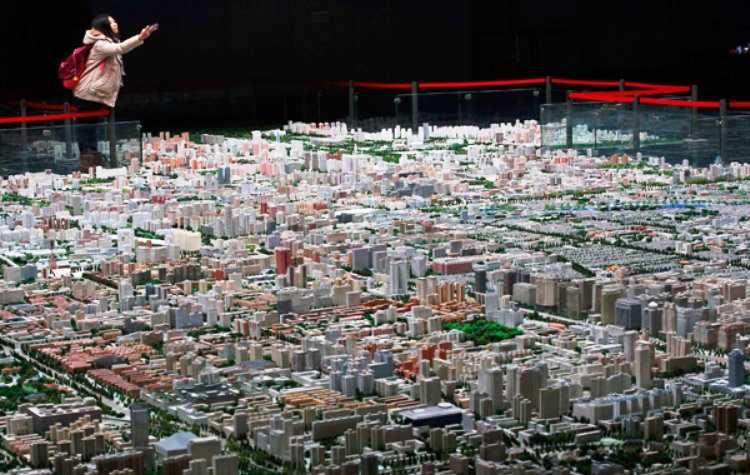
The GIF above isn’t a microscopic picture of bacteria running amok in a petri dish. Instead, it’s a series of satellite photos showing the astonishing development of Beijing between 2000 and 2009 when it quadrupled in size.
A team led by Mark Jacobson of Stanford University and Son Nghiem of NASA’s Jet Propulsion Laboratory used data from NASA’s QuikScat satellite to measure the extent of urban growth in the capital and how its environment has been affected.
Anyone living in Beijing and familiar with its murky skies won’t be surprised that the rapid urbanization is making the city a harsher place to live in.Anyone living in Beijing and familiar with its murky skies won’t be surprised that the rapid urbanization is making the city a harsher place to live in.
The team found the development of new infrastructure – the buildings and roads, and not pollution created by new residents – has had an adverse impact on the environment around the old section of Beijing. Over time, due to the urban sprawl, winter temperatures dropped three to four degrees Celsius while wind speed fell by one to three meters per second, stifling the air in the city center.

“Buildings slow down winds just by blocking the air, and also by creating friction,” Jacobson explained. “You have higher temperatures because covering the soil reduces evaporation, which is a cooling process.”
While Beijing has plans to keep spreading and eventually become a megacity including Tianjin and parts of Hebei, there is also an intention to create “wind corridors” that will help push in wind into the downtown area and alleviate smog conditions.
The researchers emphasized a need to accurately quantify Beijing as a city outside of political boundaries, which their technology provides. “There are so many definitions of urban extent, both legislative and administrative,” said Nghiem. “To learn how physical change affects the environment, you cannot use an arbitrary political definition. The reality is what’s happening on the ground.”
And research suggests that Beijing’s urbanization is a long way from being finished. The entire area called “Beijing” is about the size of Connecticut, with much of this area being rural and undeveloped. Outside this jurisdiction is Tianjin and parts of Hebei Province, which will soon be incorporated into one megacity. You can read about the Beijing-Tianjin-Hebei megacity in our special section.
Related:
- Northern Supercity Coming, But Beijing Denies Rumors of Forced Relocations
- Ignore the Smog Beijingers, City Says “APEC Blue” Could Become The Norm
- You Think Your Commute is Bad? None are Worse than Those in Beijing
- Beijingers Outraged They Have to Buy a Parking Spot Before They Can Buy a Car
- China Marks International Car Free Day With Massive Traffic Jams

